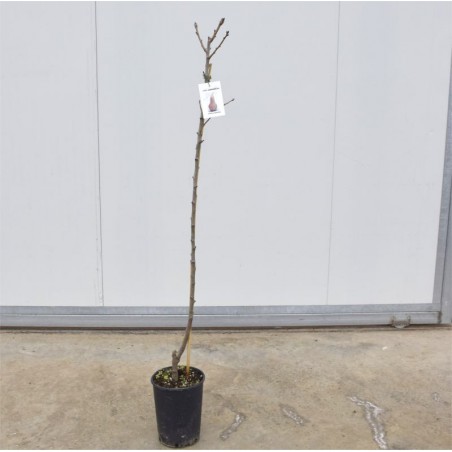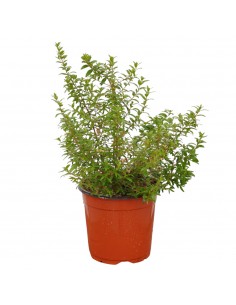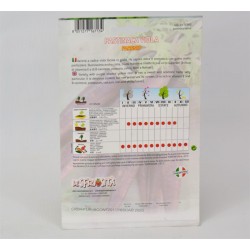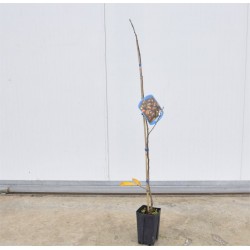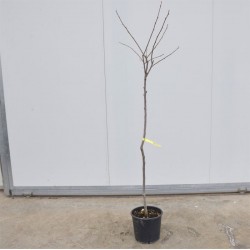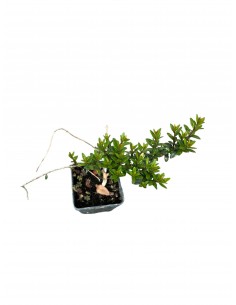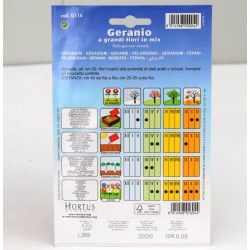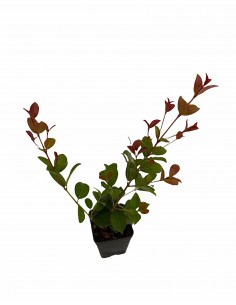Decana pear tree
Generalities Decana pear trees :
The Decana pear is also called Comizio or Decana del Comizio, this variety was selected in France in the early nineteenth century. The Decana is large, with a rounded shape and yellow-green skin. The pulp is juicy, fragrant, sweet-sour and compact, which melts in the mouth when the fruit is fully ripe. Available from November until April, the Decana is excellent for the preparation of jams and fruit juices.
- jar 16cm, height 120/150cm
- jar 22cm, height 150/170cm
Sale Decana pear tree, available in the following formats:
- jar 16cm, height 120/150cm
- jar 22cm, height 150/170cm
Generalities Decana pear tree :
The Decana pear is characterized by its rounded shape, with the skin which, in the part exposed to the sun, can be tinged with reddish. It is appreciated as one of the most prized pears for fresh consumption: the pulp is very fine and, when ripe, it becomes dark and juicy, with a sweet and aromatic taste. The fruit is sensitive to manipulation and tends to dent easily.The decana is an excellent pear for raw consumption, the consistency of which is appreciated by many, including children, but it also proves to be an excellent ingredient for cooking and jams. If you put it in the oven it will only take you 20 minutes to obtain a very sweet cooked pear. Great digestibility, its sweetness is given by simple sugars, and it brings minerals including potassium, as well as malic acid and antioxidant phenolic compounds. Despite the French origin, Italy is the country where it is grown the most and in particular it is located in Emilia Romagna, where it is protected by the PGI mark.
Cultivation and Care Pear Tree Decana :
The pear tree is a fairly cold-resistant plant, it gives good production in hilly and mountainous areas. It also resists well in drought areas and with fairly high average annual temperatures. They require a typically neutral substrate (pH values around 6.5-7), it also adapts well to a sub-acid substrate (a pH with values around 5-5.5) or limestone with a pH of 7.5-8 . An ideal soil must be fresh, deep and medium-textured. As already mentioned, the production can take place without problems at different altitudes, from the plains to mountain areas, the important thing is that the soil and the position respect the needs of the plant.The pear tree does not require particular irrigation measures, in fact, it resists long periods of drought. A water supply can be useful in the first weeks after the young seedlings are implanted. In some areas, a lack of water in the delicate phases such as flowering and the first fruiting stages can be dangerous, in these cases it is preferable to irrigate until the rains start again. As soon as the plants are planted, fertilization with mature manure around the plants can be carried out. In the spring it is possible to make an amount of ammonium sulphate of 400g every 10 square meters of cultivation, alternatively you can use 200 grams of urea for the same surface.

